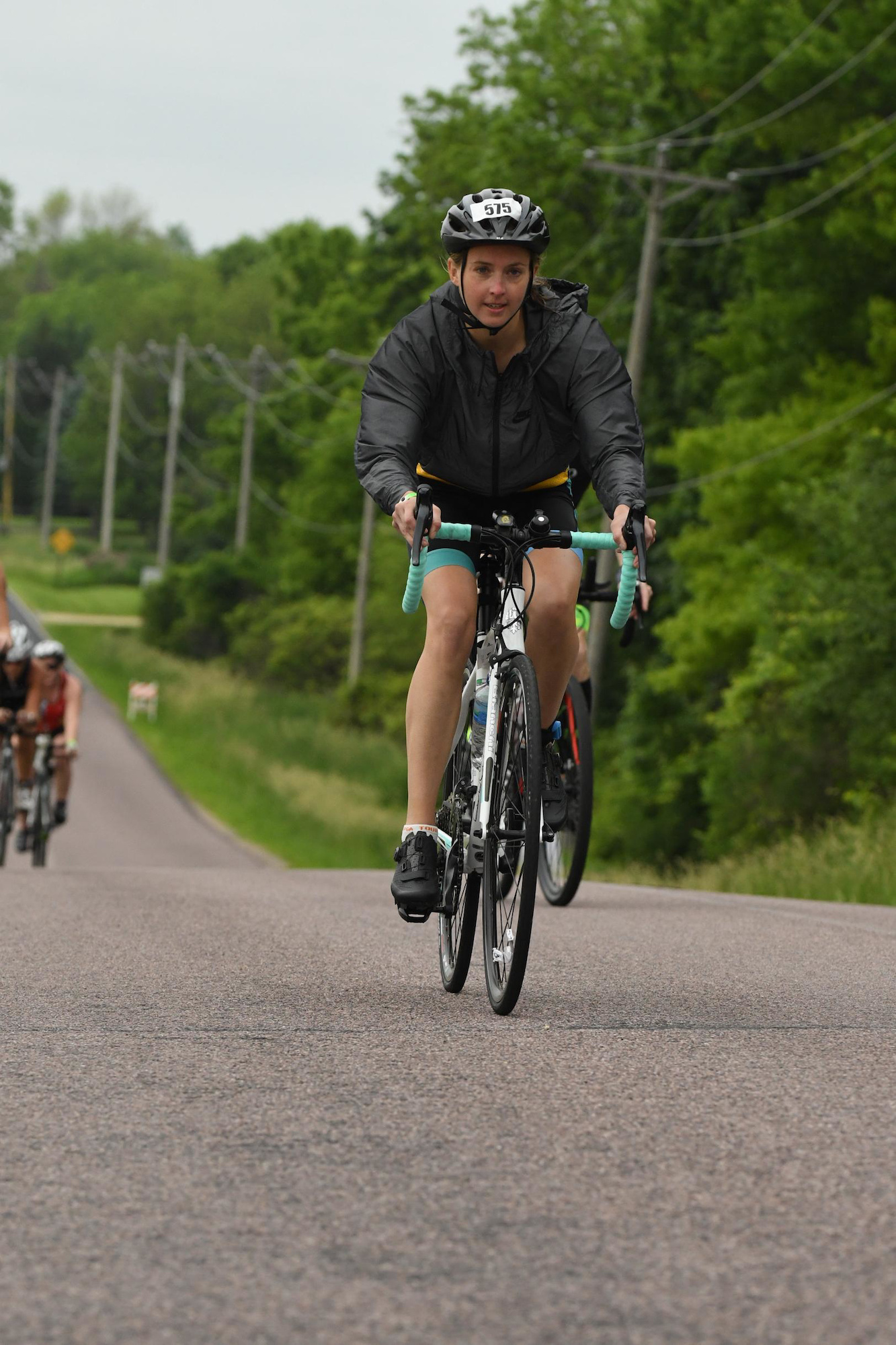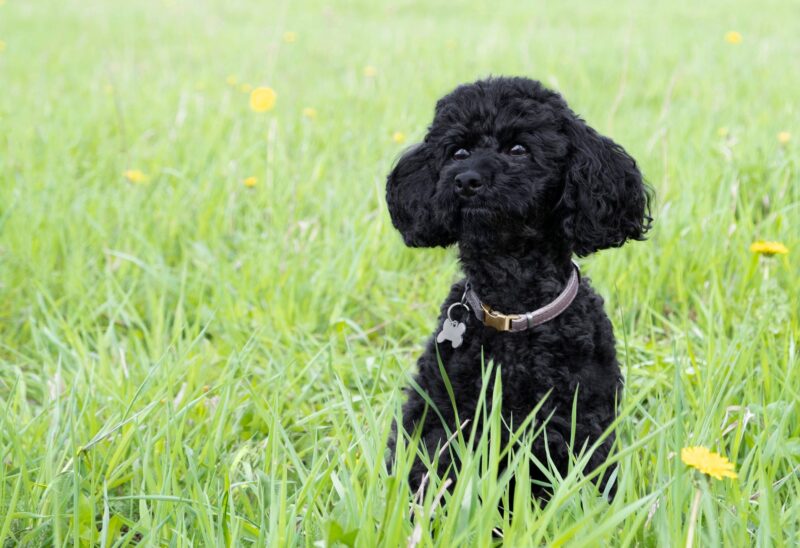- I was diagnosed with female athlete triad, now known as relative energy deficiency in sport, as a freshman in college about 14 years ago.
- The condition involves not eating enough to support your activity level, and losing your period and some bone mass as a result.
- Elite runner Mary Cain said recently that the male coaching system at the now-shuttered Nike Oregon Project valued thinness, which led her to develop the condition. Her condition eventually led to five broken bones, and derailed her mental health and promising athletic career.
- Other top-tier athletes have echoed her experience, noting that undereating – whether driven by a coaching system, societal pressures, or a combination of many factors – is pervasive, though overlooked, among female athletes of all levels.
- My experience with RED-S as an active – yet not elite – runner demonstrates that the condition can go beyond competitive athletes or sports programs that emphasize results above all else.
- Visit Insider’s homepage for more stories.
When my college peers were plunging into bowls of unlimited soft-serve and debriefing nights out over pepperoni pizza, I was running miles around an indoor track, going to bed just early enough to avoid the inevitable hunger pangs that would otherwise keep me awake.
I remember once watching another young woman order a thick-breaded sandwich with turkey, cheese, and avocado from a cafe and thinking, quite matter-of-factly, that I would never be able to do that. That I simply wasn’t one of those people who could, well, eat.
I always let the bowl of bite-sized chocolates pass by me in French class, and gave my once-hip-hugging jeans to my roommate. I lost the weight people typically gain freshman year and then some, despite being a perfectly healthy weight for my frame beforehand.
Still, I was convinced I was in the best shape of my life. After all, when you barely have body fat, you can see all your abs – and isn’t that the picture of health and fitness? Never mind that I also didn’t have a period, or sanity.
What I did have was relative energy deficiency in sport - RED-S for short - a condition that's now attracting attention thanks to elite runner Mary Cain's recent New York Times video. She says her experience with RED-S was brought on by what she saw as an abusive coaching system at the now-shuttered Nike Oregon Project, leading to injuries, a derailed career, and even self-harm and suicidal thoughts.
(Nike has said it is looking into "the deeply troubling allegations" and the coach at the center of the accusations, Alberto Salazar, has said while he may have made "callous" or "insensitive" comments, he disputes notions of abuse.)
Statistics and other elite athletes' testimonies suggest the dangerous condition is disturbingly pervasive in top-tier athletics. But my experience as a recreational athlete - one who never advanced out of junior varsity swimming in high school - demonstrates that the condition can also affect people who are simply active. It's not only caused by sports programs that emphasize results above all else, but by unrealistic societal ideals of what healthy looks like.
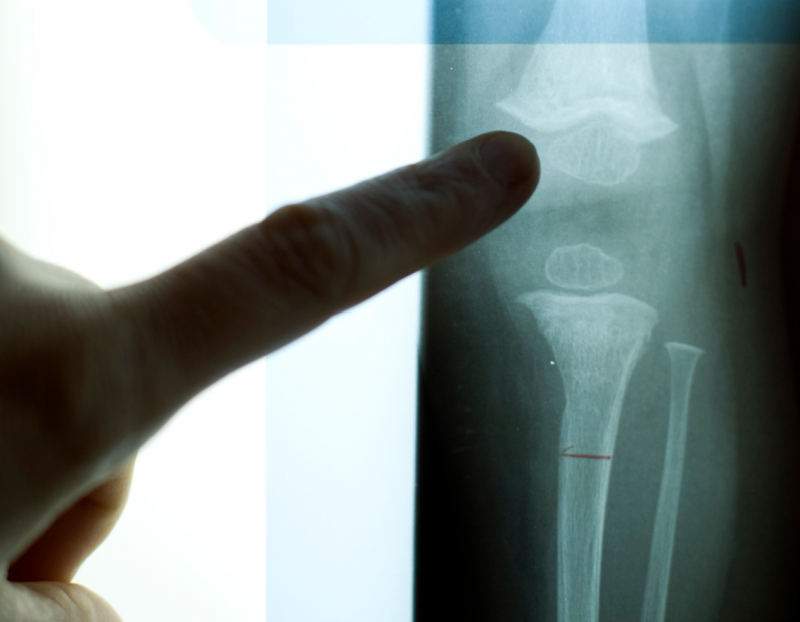
RED-S can lead to serious short- and long-term consequences
"Relative energy deficiency in sports syndrome" is a fancy way of explaining what happens when you don't eat enough to fuel your activity level. (Back when I was diagnosed, it was known as female athlete triad, which more specifically involved women and girls, and disordered eating. But most professionals now call it RED-S, in part to include male athletes, and recognize that undereating isn't always related to an eating disorder.)
People with the condition can experience fatigue, a lack of progression in their training, stress fractures, and, eventually, a disruption in their menstrual cycles because their bodies aren't equipped to handle a theoretical pregnancy.
Without a menstrual cycle, their bodies "aren't going to be able to get the necessary levels of estrogen to maintain strong bone health," Cain explained in the New York Times video.
For Cain, that meant five broken bones, poor performance in career-defining events, suicidal thoughts, and, eventually, a need to drop out of the elite training program that had once been a dream come true. For me, it meant developing osteopenia, a precursor to osteoporosis. I was 18 going on 80, according to a startling scan of my bones.
The consequences of RED-S for elite and recreational athletes alike can continue for years. Research suggests it raises the risk for heart disease, and a disrupted menstrual cycle can lead to fertility issues and an increased risk of certain cancers, Insider previously reported, as well as permanent bone damage.
"It's not just that bone density is lower, it's that the bones have changed, and that's really hard to fix," Mary Jane De Souza, a professor of kinesiology and physiology at Penn State who specializes in the syndrome, previously told Insider.
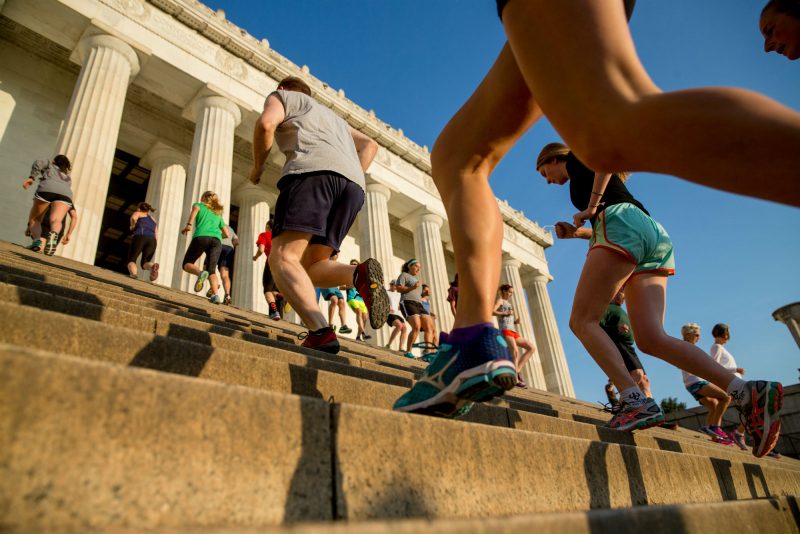 Foto: Recreational athletes can be at risk of RED-S or female athlete triad too.sourceAndrew Harnik/AP
Foto: Recreational athletes can be at risk of RED-S or female athlete triad too.sourceAndrew Harnik/AP
Disordered eating and missing periods appear to be prevalent among female athletes
Estimates of the ubiquity of RED-S vary widely, but studies suggest it's especially common in sports that emphasize aesthetics or leanness, like running and gymnastics, with as many as 69% of female athletes in those types of sports missing their periods.
High-level athletes' anecdotal reports reflect these findings.
Four-time obstacle course racing world champion Amelia Boone, for example, recently spoke out about her 20-year-long struggle with anorexia, leading to stress fractures that eventually woke up her up to the need for treatment.
Olympic figure skater Gracie Gold "got caught in a system" that compelled her to become thinner and thinner, the New York Times reported, and eventually had such severe disordered eating she, like Cain, imagined taking her life.
Now, Cain's video has inspired more elite athletes to join the chorus. Olympic swimmer Caroline Burckle wrote on Instagram that "not having a monthly cycle was a badge of honor," and that she missed hers for 10 years, while also suffering from depression and broken bones.
Cate Barrett, a former Division 1 track athlete, posted that "college programs today are still preaching thinner is fast, and telling women to lose weight, or that low weight and lost periods aren't a problem."
The issue doesn't only affect competitive athletes
My run-in with RED-S demonstrates the issue can affect anyone who doesn't eat enough to support their activity level.
"We need to be studying the prevalence of RED-S in a variety of populations," including in non-athletes, Dr. Kathryn E. Ackerman, a sports medicine physician who directs the female athlete program at Boston's Children's Hospital, told Insider.
One of her recent studies included 1,000 teens and women between ages 15- to 30-year-old who exercised at least four hours a week, whether on their own or in an organized environment. She and colleagues found that 47% had disordered eating patterns and experienced more negative health and performance consequences as a result.
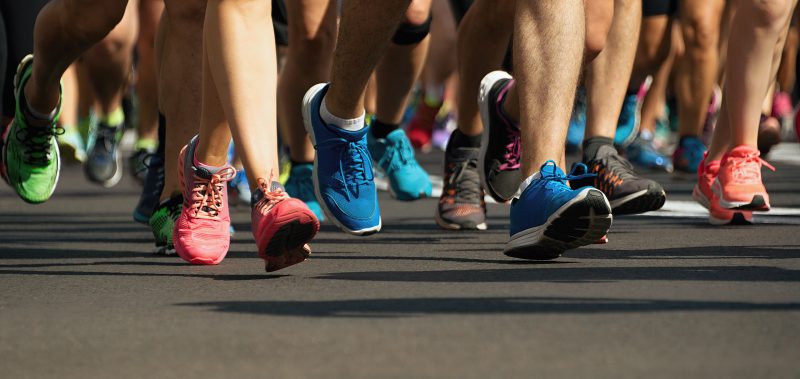 Foto: I'm sure the cultural ideal of what fit looks like played into my susceptibility to the disorder.sourceiStock
Foto: I'm sure the cultural ideal of what fit looks like played into my susceptibility to the disorder.sourceiStock
We need to address how young athletes are supported, and broaden our definition of 'athlete'
Most of the attention and outrage in reaction to Cain's video is related to what she described as abuse by Nike-affiliated coaches and a male-dominated system that doesn't understand or respect the female athlete's body.
The push - for which I cheer loudly - is for the running world to take a different approach to training young girls. This should include putting more women in coaching and leadership positions, and ensuring psychologists and nutritionists are integral parts of the teams as well.
"Too many teams are led by older men, who seem unable to have an appropriate, supportive conversation about weight and periods with young girls. As a result, we need to educate people on how to have these conversations," Cain previously old Insider.
But it's not just the running community, or even the athletic community in general. I didn't have a coach weighing me and shaming me, Olympic trials to qualify for, sponsorships to keep, or a career and reputation at stake. I had a pair of running shoes, time and new freedom, and a culture reinforcing my addiction to both exercise and its "results."
"There is a myth that all ultra-lean athletes are the epitome of health," Ackerman told me. "This is not always the case."
"There's a lot of ignorance as to how this works; that endurance sports and running is not necessarily weight loss," runner Latoya Shauntay Snell previously told Insider. Snell, who has become a role model for runners of all sizes, has done 15 marathons, five ultramarathons, and is training for a 100-mile race.
"You have to eat to go out there over and over and do those grueling miles," she said.
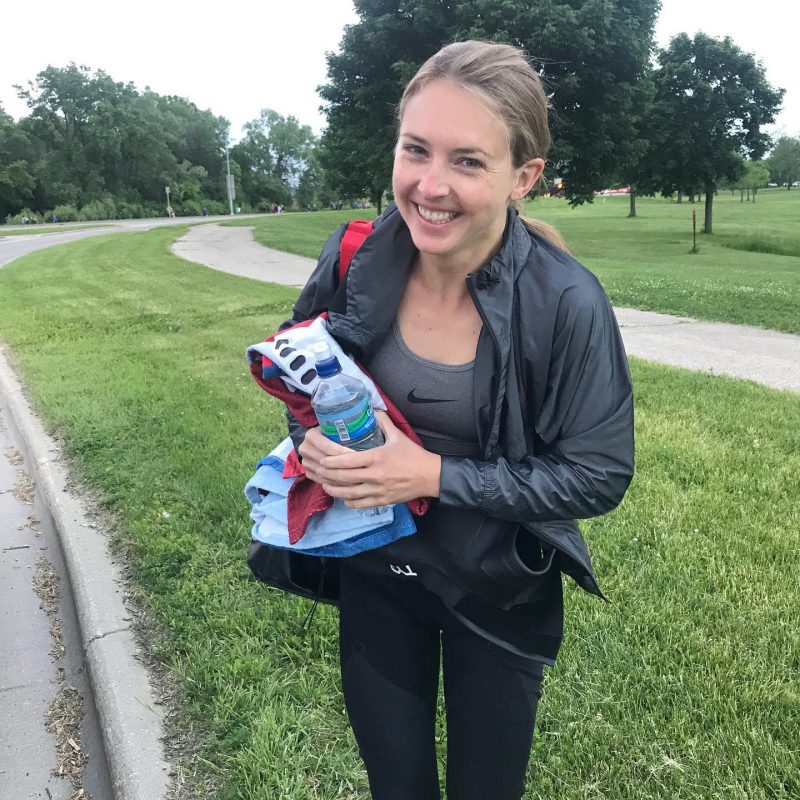
I was lucky, but an unknown number of girls and women are being overlooked
Thanks to my parents' insistence I talk to a therapist after seeing my bony body when I returned home for the holidays, I was referred to a physician who worked with athletes. She ordered the bone scan revealing osteopenia, and diagnosed me with female athlete triad, which I doubt many doctors had even heard of back then.
Many still don't, Ackerman told Insider. One 2018 study reported that less than half of clinicians, physiotherapists, and coaches could correctly define the disorder.
I was steered back on track, physically and mentally, within a year, and quickly made up for my semester sans ice cream and late-night pizza. Today, about 14 years later, I look back on my college years with pride bordering on obsession.
I've maintained a love of fitness, and even completed my first half-Ironman triathlon this summer, which I chased with a thick-breaded turkey and cheese sandwich. (I'd have gladly added avocado if it was available.) Still, I don't know how my bones look today or if my fertility was compromised.
Other girls and women, both serious and recreational athletes, are surely struggling, even if only their bones know it. So as the running community addresses this critical and uncomfortable issue, let's remember that this isn't just their issue to solve.
- Read more:
- Joaquin Phoenix said his 52-pound weight loss for 'Joker' made him 'go mad' and may have given him a disorder
- My roommate obsessively tracks her calories and I think she has an eating disorder. How can I confront her without sabotaging our friendship?
- People are protesting the Weight Watchers 'healthy eating' app for kids, citing toxic diet culture and experiences with disordered eating
